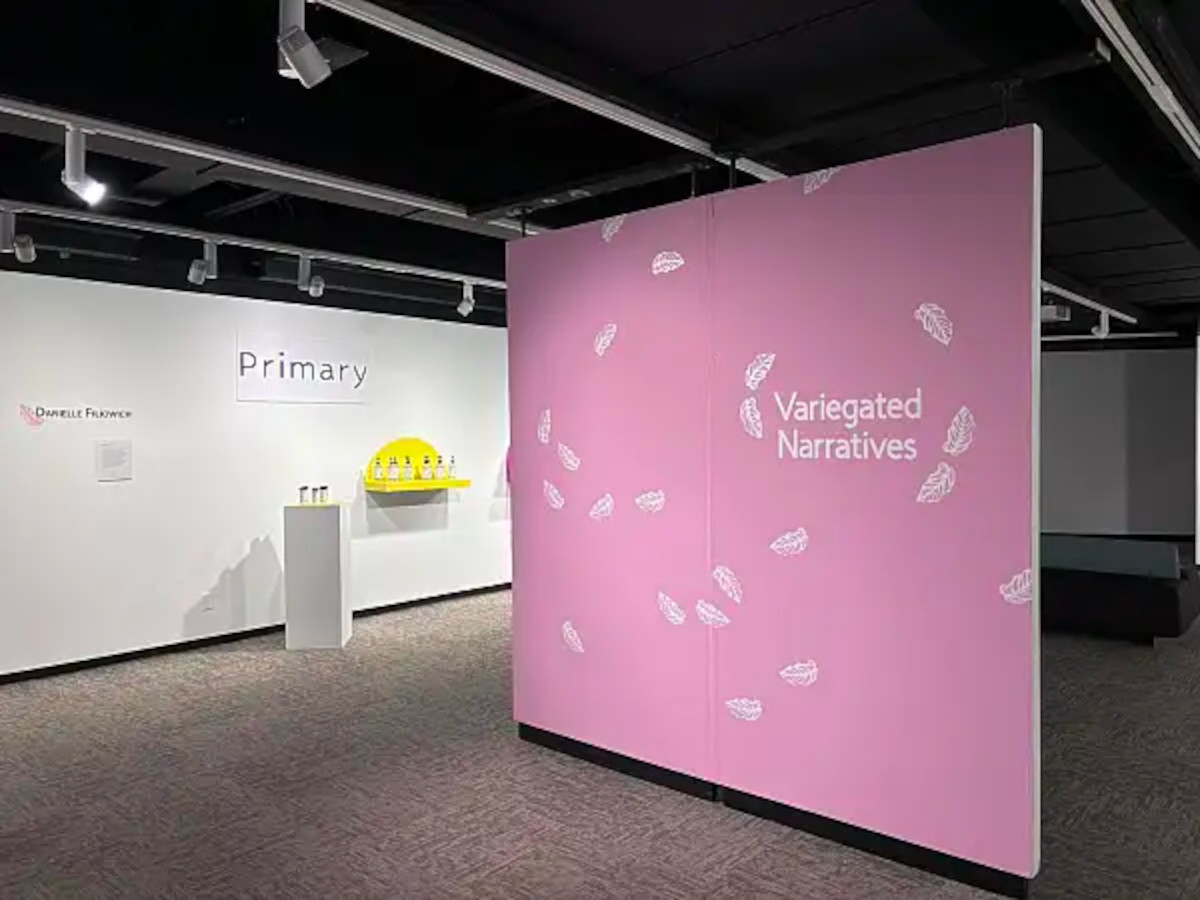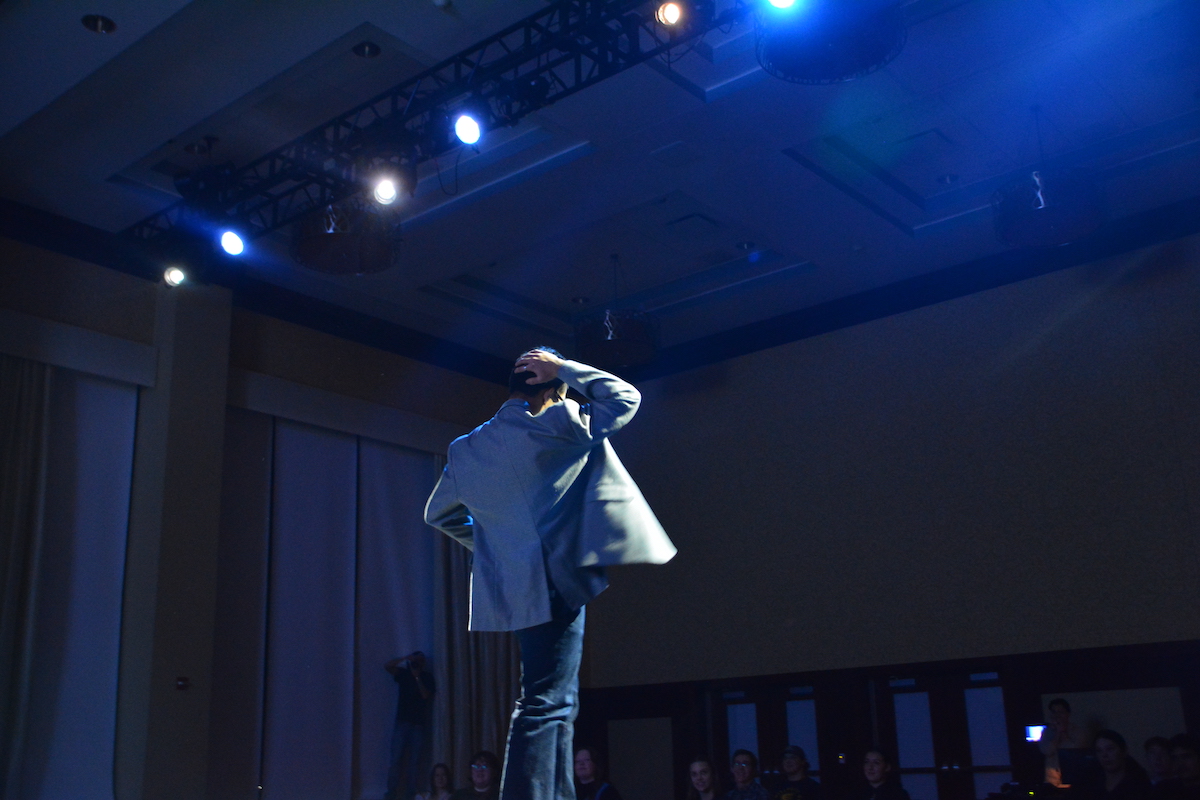Underage and binge drinking in Eau Claire have decreased in the last few years, but there is still work to be done in these areas.
That was the main message sent during the 2013 Bridge Summit, held April 15 in the Council Oak Room in Davies Center.
The Bridge Summit is an annual meeting held to discuss progress made in facing drinking issues both on the UW-Eau Claire campus and in the wider Eau Claire community. Representatives from UW-Eau Claire, the Eau Claire Police Department, Eau Claire Area School District and City Council, among other groups, were on hand to present to the group and gather information.
Peggy O’Halloran, director of the UW-Eau Claire Center for Alcohol Studies and Education, said the people involved in the Bridge Summit face a unique challenge.
“Wisconsin has a drinking culture that is unlike the rest of the nation,” O’Halloran said.
O’Halloran presented data that showed Wisconsin’s higher underage drinking and binge drinking rates than the national averages. But she said young people would be unlikely to respond to a message based on complete abstinence from alcohol. Instead, CASE has focused on alcohol education and preventing dangerous drinking behaviors.
Francie Peardon, the community health educator/supervisor for the Eau Claire County Health Department, said the city has been successful in making events such as Country Jam more compliant in not serving minors. She said all the city’s efforts have been aimed at decreasing alcohol availability for minors and acceptance of underage drinking.
“All of our strategies are evidence-based and are geared at those two things,” Peardon said.
Both O’Halloran and Peardon said they work hard on outreach programs. O’Halloran said CASE recently presented at St. Olaf College (Minn.) with the help of student coordinators.
One of the city’s many programs aimed at reaching high school students is Life of an Athlete, meant to address the dangers of drinking for high school athletes.
These outreach programs are also aimed at parents of underage students. Kristin Hildebrand, who works with Peardon at the city health department, said students need positive role models at home and have to be actively taught that underage drinking is dangerous.
“We really want parents to start talking with their kids and to express their disapproval,” Hildebrand said.
O’Halloran also said self-reported instances of underage and binge drinking have decreased, according to responses to CASE surveys.
But all sides agreed there was still work to be done. UW-Eau Claire Vice Chancellor for Student Affairs Beth Hellwig said the university is hard at work on addressing the sometimes-strained relationship between off-campus students and Eau Claire residents. Loud parties and trash left scattered in lawns have been points of contention for residents in the past, Hellwig said.
Hellwig said the university is looking to hire an off-campus student life coordinator charged with improving this relationship.
Kyle Roder, the Eau Claire Police Department Community Relations Officer, said there has been a reduction in physical assaults and batteries in the city during the past two years, crimes which Roder said are often linked to alcohol. Roder said the police department plans on increasing the amount of officers on bike patrol and will use an upcoming grant to increase the number of squad cars on patrol in high-traffic areas to combat drunk driving.
As Peardon said, these positives strides have demonstrated that changing the college drinking culture in Wisconsin is not a hopeless case. Both the campus and community officials involved in the Bridge Summit said the work will require lots of partnership and hard work.
“We can really be proud that we know how to do this,” Peardon said. “We just have to keep doing it.”






